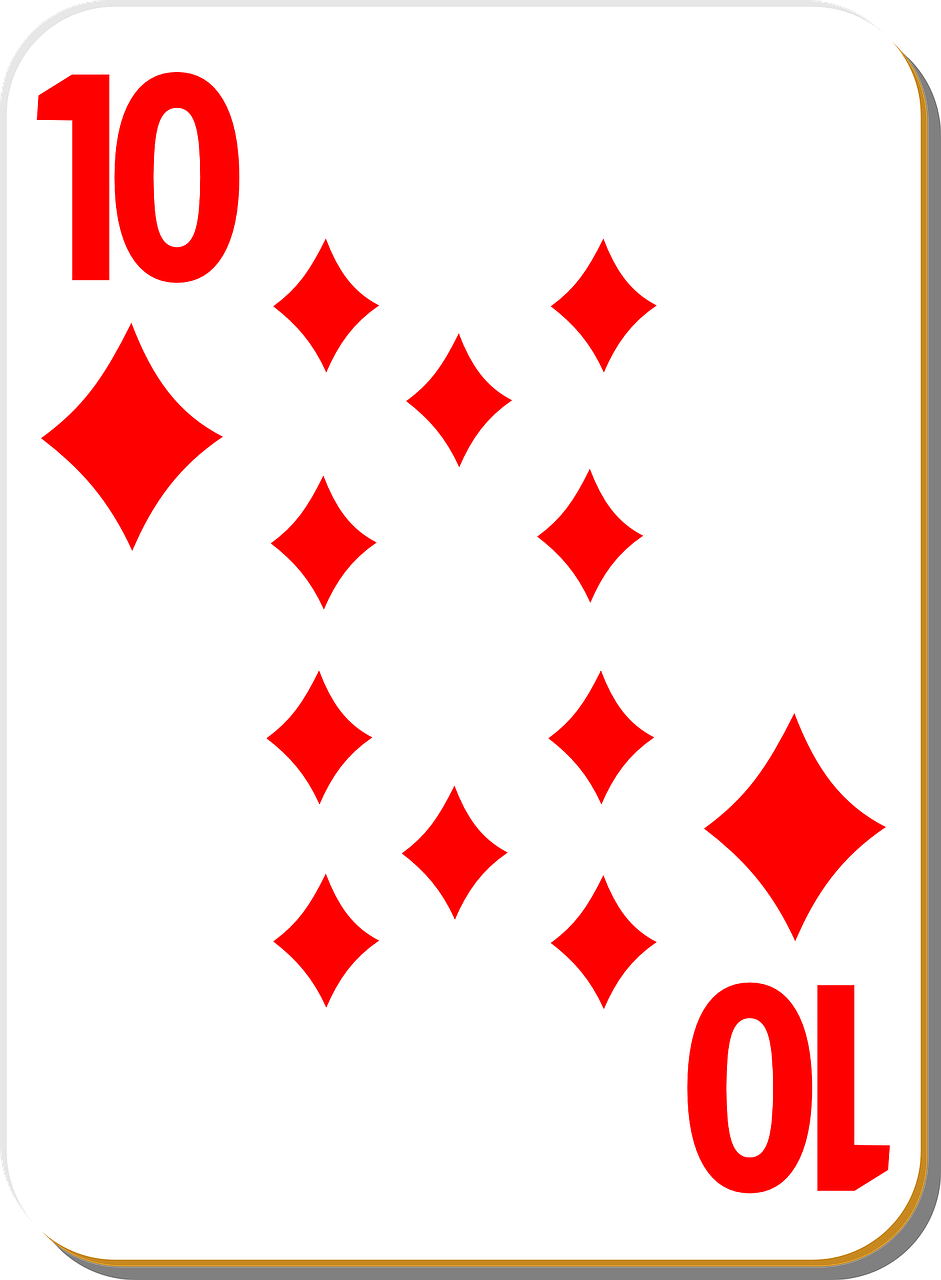Counting cards in blackjack is a strategy that has captured the fascination of casino enthusiasts for decades


This technique involves keeping track of the cards that have been dealt, in order to gain an advantage over the house. It is a skill that requires practice and concentration, but when mastered, it can significantly increase the player’s chances of winning.
Counting cards in blackjack is based on the principle that certain cards are favorable to the player, while others are more beneficial to the house. The most commonly used card counting system is the Hi-Lo system, which assigns a value of +1 to cards 2-6, a value of 0 to cards 7-9, and a value of -1 to cards 10-Ace. By mentally adding and subtracting these values as the cards are dealt, the player can determine whether the remaining deck is favorable or unfavorable.
It is important to note that card counting is not illegal, but many casinos have implemented countermeasures to deter card counters. These countermeasures include using multiple decks, shuffling more frequently, and barring suspected card counters from playing. Therefore, it is crucial for players to be discreet and avoid drawing attention to themselves while counting cards.
Now, let’s take a trip back in time to explore the historical development of card counting in blackjack. The origins of card counting can be traced back to the 1960s, when mathematician Edward O. Thorp published his groundbreaking book “Beat the Dealer.” This book introduced the concept of card counting to the public and changed the way blackjack was played.
Thorp’s book explained the basic principles of card counting and provided players with strategies to beat the house. The publication of “Beat the Dealer” caused a wave of interest in card counting, and casinos began to take notice. As a result, they implemented countermeasures to combat card counters, such as changing the rules and increasing the number of decks used.
Over the years, card counting has continued to evolve. New card counting systems have been developed, such as the KO system and the Hi-Opt II system, which offer more accuracy and efficiency. Additionally, technology has played a significant role in the evolution of card counting, with the development of computer programs that can simulate and analyze different counting strategies.
Despite the advancements in technology, card counting remains a skill that must be mastered through practice and experience. It requires keen observation, excellent mental math skills, and the ability to remain calm under pressure. While card counting does not guarantee a win every time, it can tilt the odds in the player’s favor and provide a long-term advantage.
In conclusion, counting cards in blackjack is a fascinating strategy that has stood the test of time. It offers players the opportunity to gain an advantage over the casino, but it requires dedication and skill. Understanding the principles of card counting and its historical development can enhance the overall experience for casino enthusiasts. So, next time you sit down at a blackjack table, consider giving card counting a try and see if you can beat the house.











